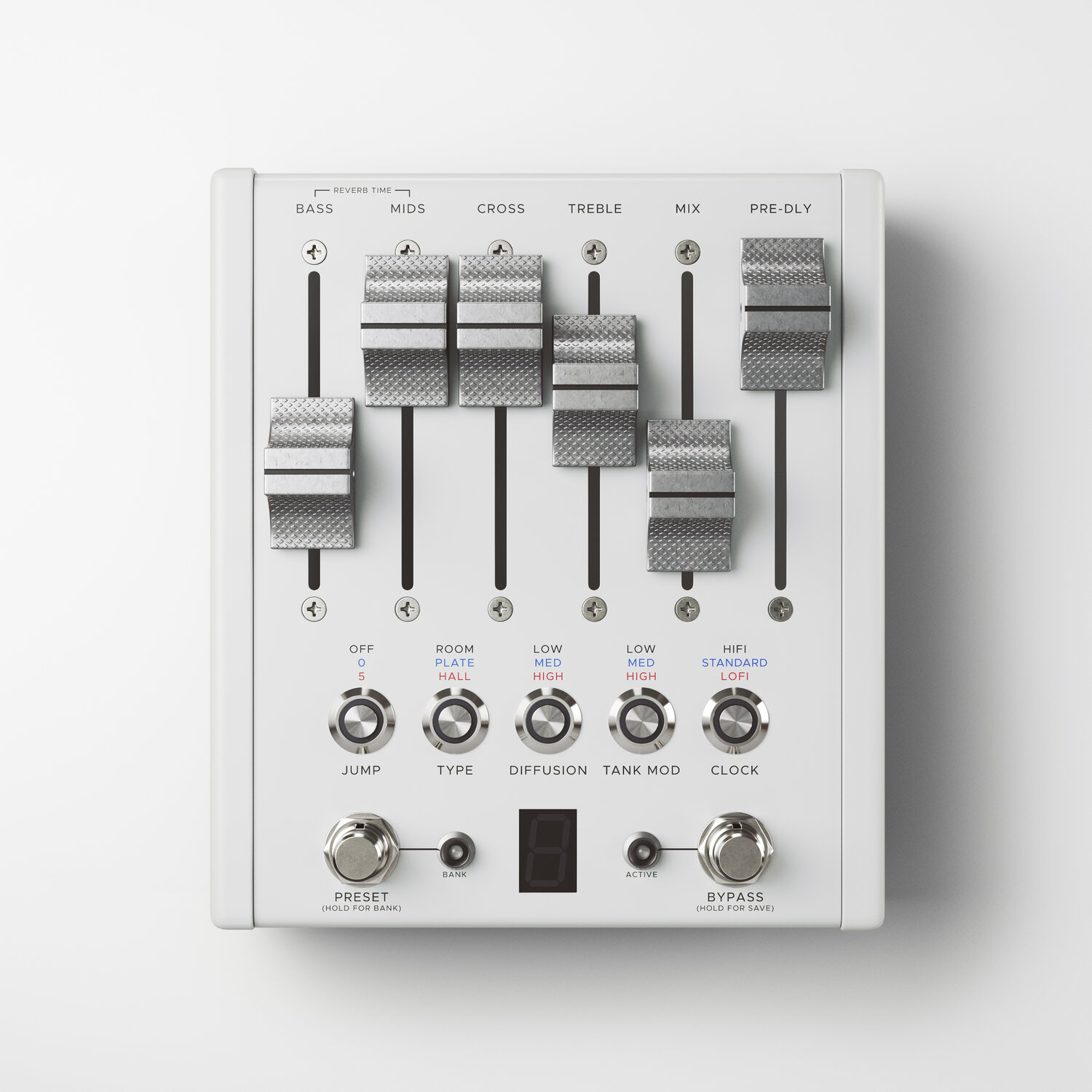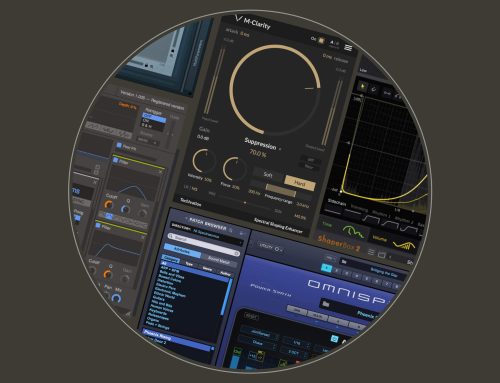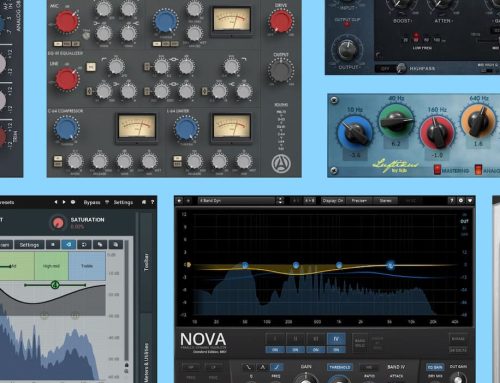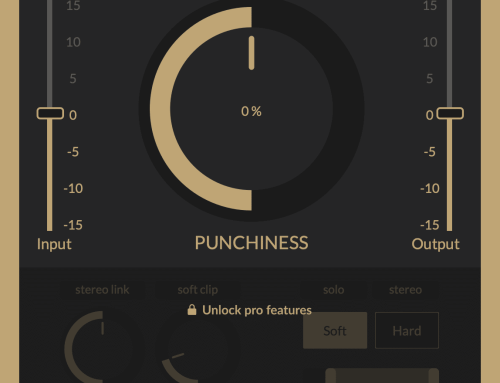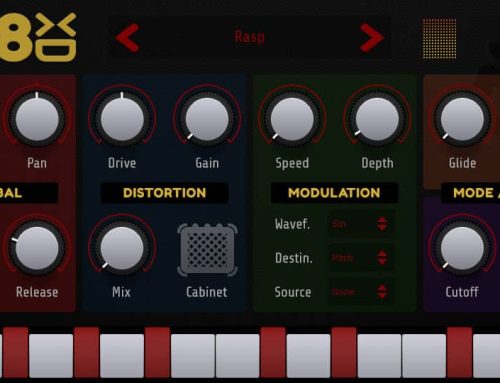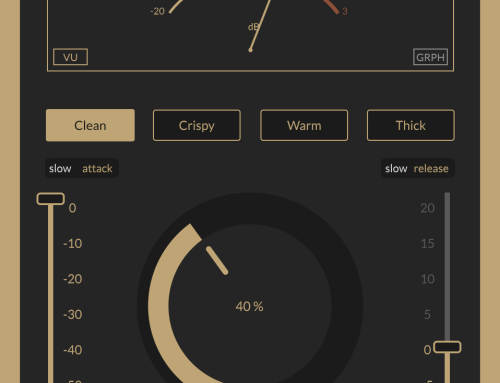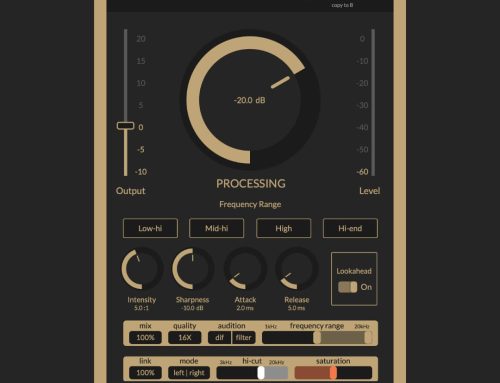The CXM1978 is a hardware reverb made by Chase Bliss in collaboration with Meris. Although the device is presented in a guitar pedal format and is widely accepted as one, today, we are reviewing it as a professional studio reverb.
The CXM features stereo I/O that can be configured as unbalanced (for use with other guitar pedals) or balanced (for a direct link with an audio interface or console). Its small chassis and layout closely resemble a Lexicon 224 remote control and make for the ideal desktop device.
Chase Bliss and Meris are two American pedal makers known as pioneers in their fields. Both companies have solid reputations for making exceptional
products, and both are known for having a strong vision for
the future. Naturally, having a birth child (the CXM 1978)
between the two is exciting news for anyone keeping an eye on those two gear-makers.
Lineage
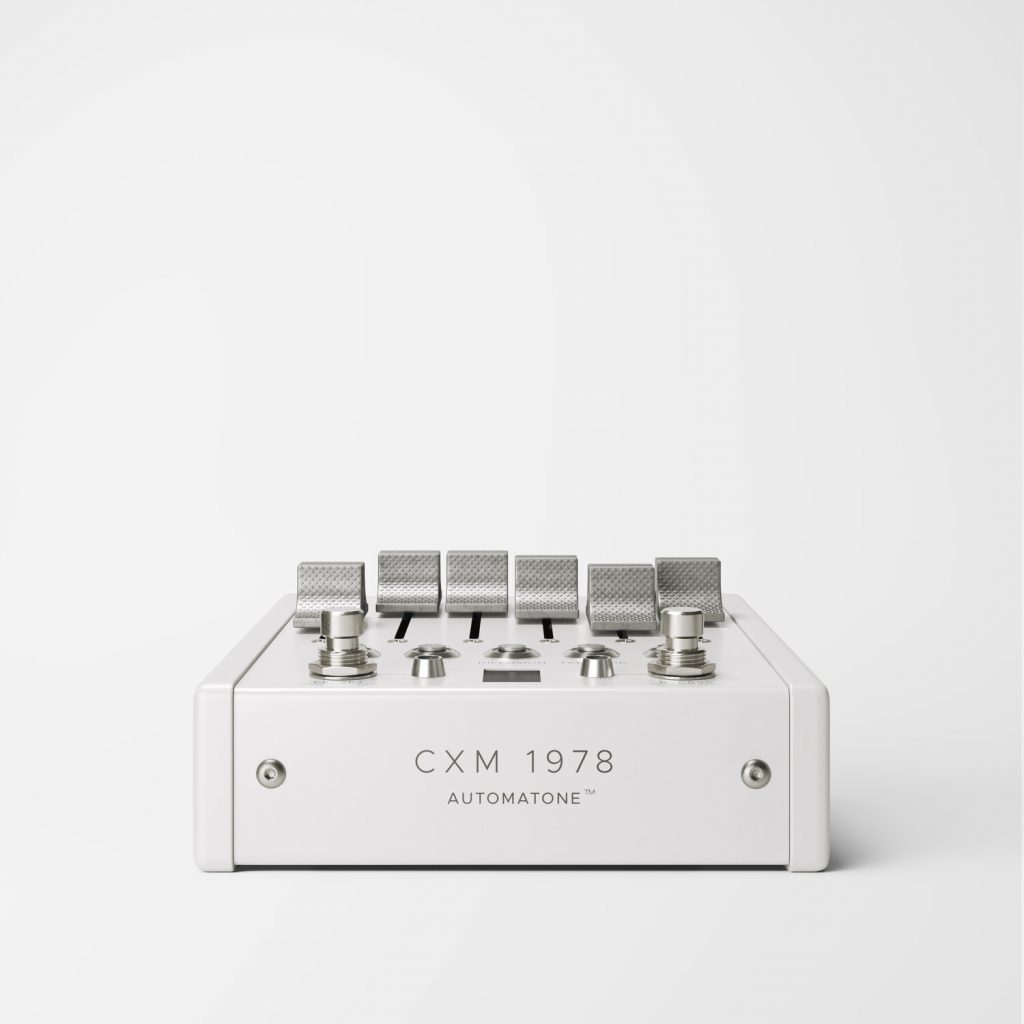
This reverb was created as a tribute to the legendary Lexicon 224 digital reverb. Rather than making a one-to-one clone that would struggle to compete with the reputation and likeness of the 224, Chase Bliss and Meris went in a more modern direction. They recreated a device from the previous century with the functionality and performance of the present.
The pedal features specific settings that emulate the old sounds of a 224 quite accurately. Other configurations make it into a beast of its own that is still sonically reminiscent of the 224 but goes in a very different direction. In many ways, it feels like a “hacked” 224 that can be pushed beyond its Lexicon limits. The more clean and hi-fi settings are where we hear a lot of Meris, the nasty lo-fi tails are a signature to Chase Bliss, and the middle ground is more or less a Lexicon 224.
Perhaps the most apparent 224-like feature is the usage of sliders to control the reverb’s size and amount. To remind us we’re in the 21st century, these sliders are motorized flying faders that make recalls and preset changes a breeze. The reverb comes with a bank of 10 haunting and lush presets from Meris and another 2 banks of 20 empty slots.
The 3 classic algorithms taken from the 224 include ROOM, PLATE, and HALL. All 3 can be heavily modified with the Diffusion, Tank Mod, and Clock buttons and can sound like clean and sparkly hi-fi spaces or nasty, lo-fi, heavily modulated tanks. Certain combinations of those buttons can also unlock hidden algorithms like delays.
The Sonic Bliss of Old Digital Reverbs
The legendary Lexicon 224 brought up a revolution in digital reverbs at the time of its release. Its tactile slider faders, lush and expensive-sounding tails, along its affordable price ($7,500 in 1978) made the 224 a feature in most studios at the time. The device became so popular that, in many ways, it defined the sound of pop and rock music in the 80s and early 90s.
Fast-forward to 2021, and we see an evolved version of the 224 – the CXM 1978, which, though modern, still retains the recognizable mojo of the 224.
The sound of digital reverbs of the 70s & 80s can be slightly artificial. When comparing the plate setting on a CXM or a 224 to a more organic plate like the EMT 140, one can instantly recognize the non-organic and artificial tails generated by an algorithm. And there lies the magic of those devices. Those almost unreal, huge, and never-ending tails coupled with modulation can make everything sound bigger and more expensive. That unique quality also makes the reverb sit nicely into a mix without mudding it. At times, those algorithms can even sound 2-dimensional or flat, and believe it or not, that makes them desirable.
Many agree that some reverbs are great for realism, and some are just fantastic for unreal lushness. The CXM can convincingly recreate small spaces, but its stupid-long settings make it a more desirable choice for the creative and unique effects.
Functionality & Controls
Rather than having a singular “length” control, like most conventional reverbs, the CXM has 2 of them: Bass and Mids. To set the crossover frequency between the two, we have to use the third fader – Cross. An easy way to understand those 3 sliders is that the Cross decides how much and what goes in the reverb while the other 2 determine how long is whatever comes out.
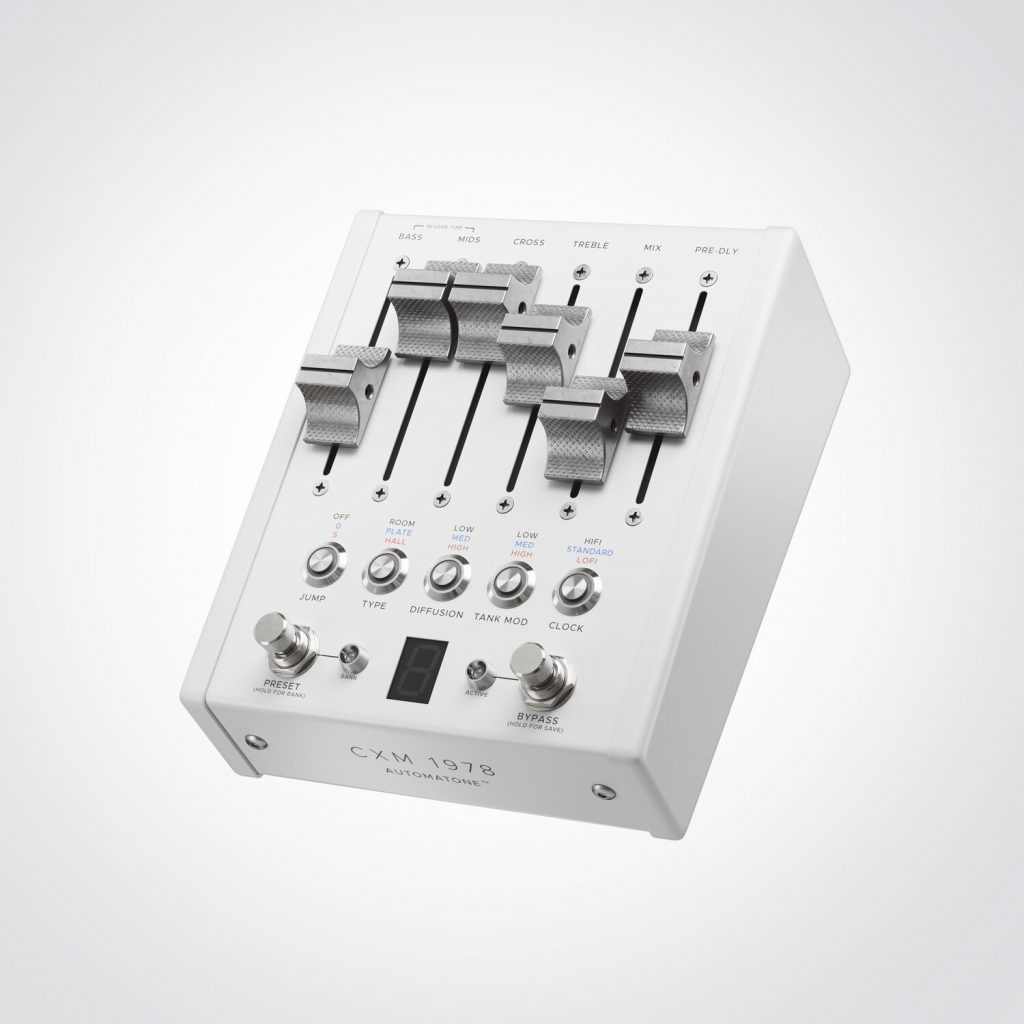
For example: if we send very little lows to the reverb via the Cross, we could still make that very little – sound very long with the Bass fader. On the other hand, if we keep the Bass fader down, the Cross high, and boost the Mids, we’ll get very thin, gentle, high-passed tails. In essence, those 3 sliders give us complete control over the amount and length of the reverb, similar to a Lexicon 224.
Treble is a multi-functional slider that takes some time to understand as it affects all 3 sliders before it. It doesn’t just brighten or darken the tails but also controls the amounts of Bass, Mids & Cross we’re dialing in. That might feel slightly confusing, but an easy way to think of the Treble is like an “Intensity” or “Amount” control for the 3 sliders before it.
The Mix slider is pretty standard as it determines the dry/wet signal blend. At the same time, Pre-Dly is yet another multi-functional slider much like the Treble. This last fader determines the pre-delay of the signal, but it’s highly dependent on the Clock setting. In higher Clock positions like HIFI, the pre-delays are very short. The time of these delays extends exponentially as we go through STANDARD clock and LOFI. Finally, when we get to the LOFI clock, the Pre-Dly adds a secondary function as a sample rate controller. The lowest position of the Pre-Dly slider keeps the sample rate at 48kHz, giving us bright and well-defined reflections. The highest position can drop the sample rate to 2.4kHz for super lo-fi, degraded, and nasty effects.
If you weren’t confused enough, wait for this: all the arcade buttons (Jump, Type, Diffusion, Tank Mod, Clock) are highly interconnected with the faders, and especially the Pre-Dly. They unlock all the crazy hidden features that aren’t labeled on the devices.
For example, if we set a LOFI PLATE, the reverb tails are dark. The Pre-Dly controls the sample rate and pre-delay simultaneously. However, if we set a LOFI HALL, the tails brighten up, and we get bouncy reflections similar to a slap-back delay.
The Diffusion button smears the attack of the incoming signal, while the Tank Mod introduces modulation. When those two are paired with the rest of the buttons and sliders, we quickly realize the possibilities are endless. And there lies the beauty of the CXM – it’s slightly unpredictable. It sometimes does things that aren’t labeled on the chassis, and it takes some time to fiddle until we find what we’re looking for.
This unpredictable functionally has positive applications because of the hardware format. If the CXM was in a software-only form, we wouldn’t be able to have both hands on it and move multiple faders or parameters simultaneously. Being able to do so gives us a feeling of discovery. We often found ourselves tuning the reverb in ways we didn’t anticipate by pressing buttons, moving faders, and trying out different random combinations.
Hardware Reverbs – Still Worth It?
Aside from having loads of fun with faders and buttons, in 2022, one has to ask themselves: “Is there any sonic benefit of using hardware reverbs?”. Are these devices just relics of the past on their way out?
I don’t think any of us can ignore how far software reverbs have come, as most sound fantastic. Plugins are cheap, good-looking, and power-efficient. So why are so many top producers and engineers still paying top dollar for their hardware Bricastis or Lexicons, and can the CXM be mentioned with those brands in one sentence?
Here are my two cents. When it comes to reverbs, the whole “hardware vs. software” debate is quite ironic because both are made from the same thing – software. The advantage of hardware reverbs is that come with their own dedicated built-in CPUs. That allows them to run algorithms that are often much more complicated and power-hungry than the ones found in plugins. You see, any program that runs on your computer has to conform to the limitations of the computers’ CPU. That means that most plugin effects have to be intentionally limited to avoid overloading your CPU.
An excellent example of a software plugin that does not conform to the limitations of commercial computers is the Ebony by Acustica Audio. This is hands down one of the most sophisticated, realistic, and complex plates I’ve ever heard in my life in a plugin form. However, the necessary computation for Ebony’s convolution is immeasurable. In a busy session, just one of these plugins can cripple even the latest Intel i7 6-core CPU, making the plugin unreasonably impractical.
I believe the required computational power of reverb plugins is why so many people are using UAD effects. They come with their own hardware that handles the computation. That means they can process more data and run complex algorithms without crippling your sessions.
A Bricasti M7 is essentially a super complex plugin that comes with its own hardware. Similarly, the CXM 1978 sounds like a power-hungry and complex algorithm. Still, it comes with its own hardware, so it wouldn’t cripple your system. I’m not saying I’d choose it over an M7, but I would over most plugins with a similar sound.
A Lexicon 224 and Beyond
When comparing it with plugins, we couldn’t match the unique tails of the CXM with anything. By no surprise, the only time we got close was with the UAD Lexicon 224. We obtained similar results when comparing the ConstPlate of the 224 with the CXM Plate. To our ears, the CXM had ever-so-slightly more depth and richness. It was also sitting easier in full mixes by separating the source and the processed signal and staying away from the other instruments. Although Chase Bliss promotes the Standard Clock (16bit) setting to be closer to a Lexicon 224, we used the Hifi Clock setting to match the brightness of the UAD 224.
Here are some samples in which we tried to match the 2 plates as close as possible:
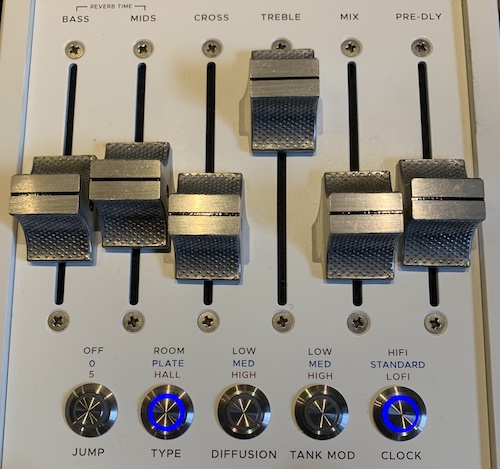
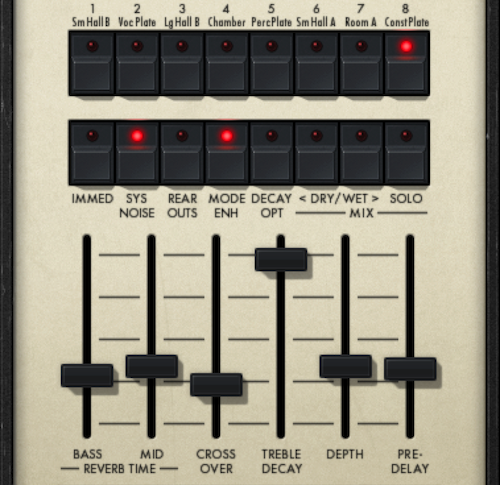
WET Vocal 224 Plate
It is important to stress that this comparison has no practical uses because most people don’t match the settings of different devices during mixing sessions. The comparison can also never be accurate because the CXM isn’t trying to be an exact clone. On the other hand, the UAD plugin is a direct emulation of the Lexicon 224.
Finally, anyone who’s used one of the actual vintage chassis would know that hardware from the 70s does not like aging. Today most remaining 224s all sound slightly different and are known to be horrendously noisy. The differences between the originals that Universal Audio and Chase Bliss got hold of could explain the differences between the CXM and the UAD plugin.
The CXM 1978 starts to shine over the plugin when we push it beyond the sound of a 224. One such occasion is when using Preset 5 (Distant Echoes).
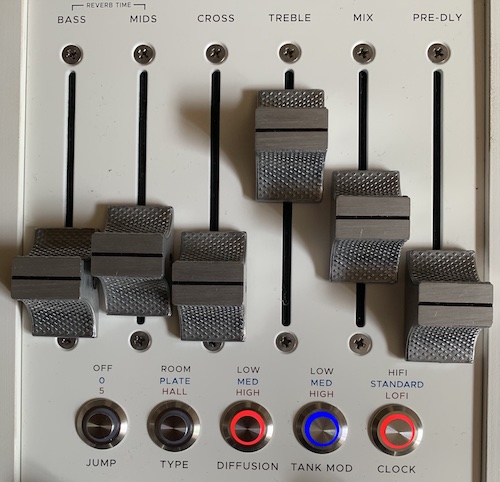
This unique preset showcases the effects of the Pre-Dly slider in High Diffusion and LOFI Clock. In that mode, the Pre-Dly acts as a time factor for the delays being generated by the CXM. By sliding it in real-time, we hear an effect similar to tape being slowed down or sped up.
We found that preset to be particularly useful for creative applications in music production. In the following example, we looped an acoustic guitar sample. We recorded the CXM with live automation on the Pre-Dly slider.
Some other examples of the never-ending and haunting tails of Meris include:
Dry Sample
Hoverboard (Preset 0) – “Low, bass-focused reverb pad”
Rotating Chime (Preset 4) – “Regenerating lofi artifacts with swirling modulation”
Bending Hall (Preset 7) – “Classy hall with surreal modulation”
Price & Alternatives
Hardware reverbs today are divided into two categories (excluding the second-hand market):
- Really cheap ones (100-200$) – They work fine for live applications, but even some of the most affordable plugins often sound better. A 200$ UAD reverb plugin will blow any of those cheap hardware reverbs out of the water. That’s why professional studios don’t invest in them.
- Really expensive ones (3000$ and higher) – These are the Lexicon PCM96-s and Bricasti M7-s of the world. They will blow any plugin out of the race but may also cripple your finances. As we see from those 2 price categories, there isn’t much of a middle ground ($1000-$1,500). The only stereo reverbs in that price point that is worth mentioning are:
- AMS RMX16 500-series ($1,300) – well-known recreation of a vintage AMS reverb that offers plenty of versatility and is a faithful recreation of the original.
- 2x Meris Mercury 7 500-series ($1,100) – signature Meris theatrical hugeness
- Chase Bliss CXM1978 ($900) – recognizable mojo of a Lexicon 224, but with all the extra bells and whistles of Chase Bliss and Meris.
All 3 of them have a very particular and recognizable sound, and all 3 will perform as high-end reverbs. They will perhaps offer more depth and dimension than the current software alternatives.
Conclusion
The CXM 1978 is a gorgeous-looking and sounding hardware reverb. It’s built like a tank and designed with a vision for the future while honoring the past.
The functionality and sonic versatility can rank it as a high-end studio reverb that could be priced much higher than it is. When viewed as a guitar pedal, the $900 is definitely on the highest end of the spectrum. But when viewed as a studio reverb, the CXM price tag is actually a bargain.
This device is the perfect way to enter into the studio hardware-reverb-space without breaking the bank. The longer tails will make every vocal, guitar, or synth sound lush and expensive in a way that plugin reverbs just can’t (yet). The device sounds like a 4-figure reverb and is worth every cent of its asking price.
https://www.chaseblissaudio.com/shop-pedals/cxm-1978


